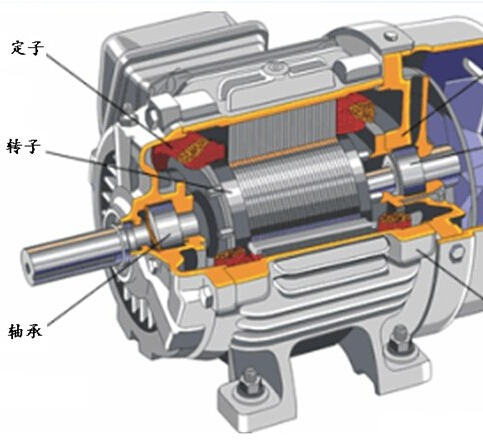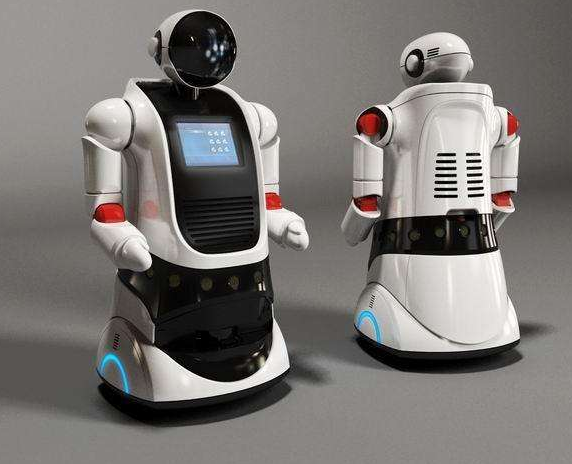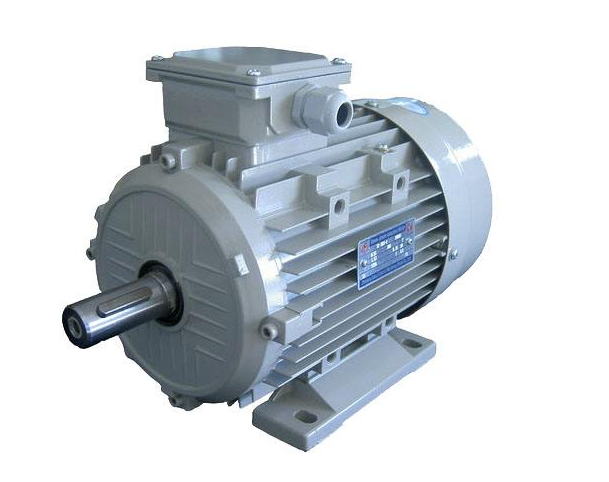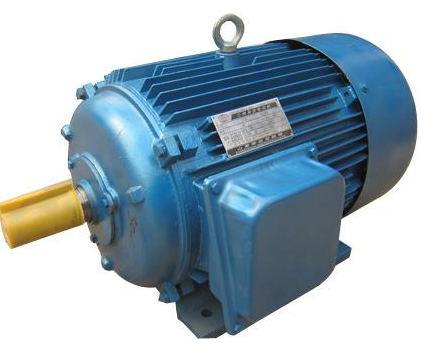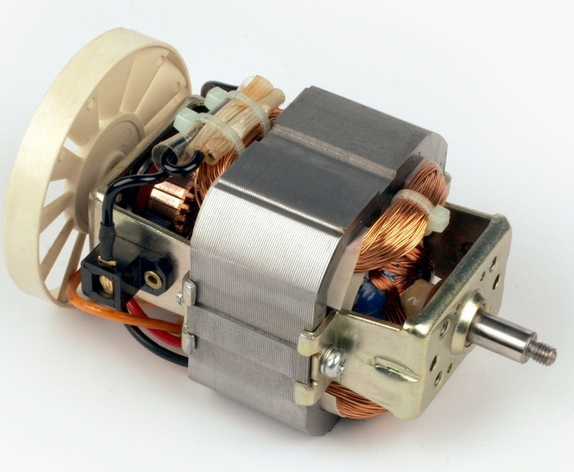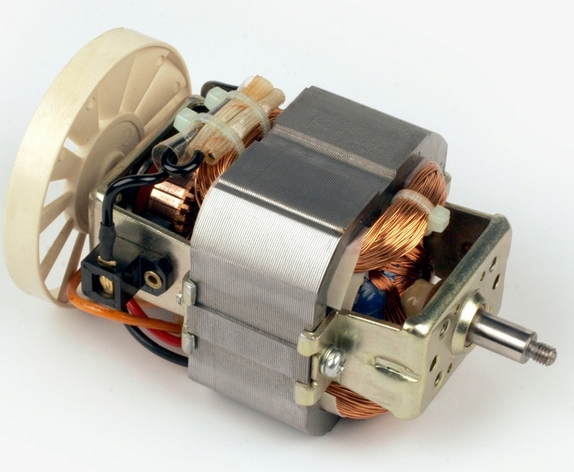The servo motor is an engine that controls the operation of the mechanical components in the servo system, and is an auxiliary motor indirect transmission. The servo motor can control the speed and position accuracy very accurately, and can convert the voltage signal into torque and speed to drive the control object. The servo motor rotor speed is controlled by the input signal and can react quickly. It is used as an actuator in the automatic control system, and has the characteristics of small electromechanical time constant, high linearity, and starting voltage, which can receive the received electrical signal. Converted to an angular displacement or angular velocity output on the motor shaft.
DC servo motor and AC servo motor
Divided into two major categories of DC and AC servo motor, its main feature is that when the signal voltage is zero, there is no rotation phenomenon, and the rotation speed decreases uniformly with the increase of torque.
DC servo motor, which comprises a stator, a rotor core, a motor shaft, a servo motor winding commutator, a servo motor winding, a speed measuring motor winding, a speed measuring motor commutator, and the rotor core is stacked and fixed by a steel sheet It is formed on the motor shaft.
The structure of the AC servo motor can be mainly divided into two parts, namely a stator part and a rotor part. The structure of the stator is basically the same as that of the stator of the rotary transformer, and two-phase windings with a mutual electrical angle of 90 degrees are also placed in the stator core. One group is a field winding and the other is a control winding. The AC servo motor is a two-phase AC motor.
Comparison of the advantages and disadvantages of the two
The DC servo motor is divided into brushed and brushless motors. The brush motor has low cost, simple structure, large starting torque, wide speed range, easy control and maintenance, but easy maintenance (replacement of carbon brushes), electromagnetic interference will occur. There are requirements for the environment. It can therefore be used in cost-sensitive general industrial and residential applications. The brushless motor is small in size, light in weight, large in output, fast in response, high in speed, small in inertia, smooth in rotation and stable in torque.

The DC servo motor is easy to realize intelligent, and its electronic commutation mode is flexible, and it can be square wave commutation or sine wave commutation. Motor maintenance-free, there is no carbon brush loss, high efficiency, low operating temperature, low noise, small electromagnetic radiation, long life, and can be used in various environments.
AC servo motor has good speed control characteristics, smooth control in the entire speed range, almost no oscillation, more than 90% high efficiency, less heat generation, high speed control, high precision position control (depending on encoder accuracy), rated In the operating area, constant torque, low inertia, low noise, no brush wear and maintenance-free (suitable for dust-free and explosive environments) can be achieved. AC servo motor is also a brushless motor, which is divided into synchronous and asynchronous motors. At present, synchronous motors are generally used in motion control. The power range is large, the power can be made very large, the large inertia, the highest speed is low, and the speed increases with power. Constant speed drop, suitable for low speed and smooth operation
The disadvantage of the AC servo motor is that the control is more complicated, the driver parameters need to be adjusted on-site to determine the PID parameters, and more connections are needed to support its operation.
Comparison of the application fields of the two
DC servo motors are used for actuator actuation in a variety of digital control systems and for power drives that require precise control of constant speed or precise control of the speed profile. Because the DC servo motor not only has a series of advantages such as simple structure, reliable operation and convenient maintenance of the AC motor, but also has the characteristics of high operating efficiency, no excitation loss and good speed regulation performance of the DC motor, it is in various fields of the current national economy. Applications such as medical devices, instrumentation, chemicals, textiles, and household appliances are becoming increasingly popular.
AC servo drives can be used wherever the control accuracy of position, speed and torque is relatively high. Such as machine tools, printing equipment, packaging equipment, textile equipment, laser processing equipment, robots, electronics, pharmaceuticals, financial equipment, automated production lines. Because the servo is used in positioning and speed control, the servo is also called motion control.
to sum upWhether it is a DC servo motor or an AC servo motor, it is a kind of motor. Its characteristics determine the different application fields. They complement each other in practical application scenarios and want to help each other. There are too many applications for servo motors. As long as there is a power source, and the accuracy requirements are generally involved in the servo motor. Such as CNC machine tools, printing equipment, packaging equipment, textile equipment, laser processing equipment, robots, automated production lines and other equipment with relatively high requirements on process accuracy, processing efficiency and work reliability, including this in your computer.
















 RCCN WeChat QrCode
RCCN WeChat QrCode Mobile WebSite
Mobile WebSite